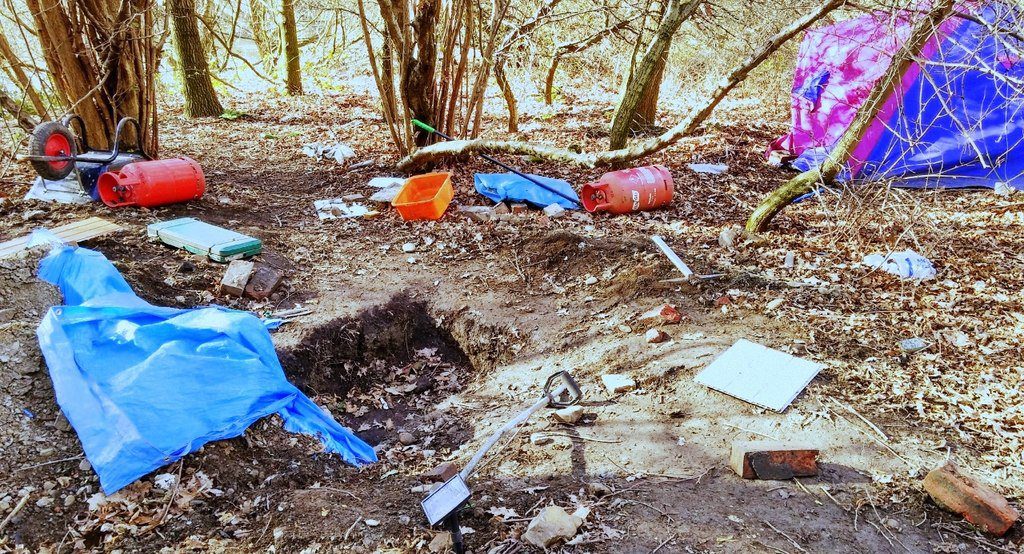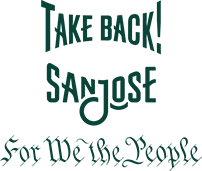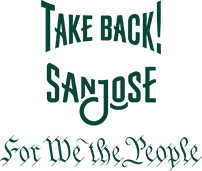
Critics like SJ’s Assemblymember Ash Kalra claim Newsom’s CARE Court initiative and local encampment restrictions harm an already vulnerable, stigmatized community. But Reason magazine asserts that helping people off the street and into shelter actually lowers violence involving homeless folks, and cities’ violent crime overall. Below, Reason’s data analysis of two big cities.
A recent UCLA study confirmed the obvious: More than 75 percent of the unsheltered homeless surveyed have a substantial mental health problem, 75 percent have an alcohol or drug addiction, and the majority suffer from both. These afflictions, not a lack of housing, drive street homelessness in America. Choosing to live with the waste, disease, and violence that accompanies homeless camps is a clear sign that someone is not in control and needs an intervention. The only way to solve this problem is to force people off the streets and into safer settings that can treat the root causes of homelessness.
Imagine if you were suffering from untreated schizophrenia or an out-of-control addiction to opioids and found yourself living in a dangerous street camp. You distrust everyone in the system and perhaps do not even realize you are sick. Would you want your loved ones or the government to be able to get you help even if you did not want it? Many people of sound mind would, by force if necessary.
Moving homeless individuals off the streets works. After Los Angeles cleared its notorious Skid Row in 2006, the number of homeless deaths in the city dropped by half. A 2010 study showed that the successful campaign also led to a 40 percent reduction in violent crime, with no spillover effects into other communities.
It is also clear what happens when cities repeal or refuse to enforce their bans on homeless camping in public places. When Los Angeles began allowing the proliferation of street camps again in 2014, the city saw homeless deaths quadruple to five a day. This is a much higher death rate than U.S. soldiers in Iraq and Afghanistan saw during the heights of the wars there. The Phoenix government does not enforce its camping ban, and more than 500 homeless people died on the city’s streets in the first half of 2022. Most of these deaths were caused by drug use, but almost one in 10 were homicides.
After Austin repealed its ban in 2019, the city saw a 45 percent increase in unsheltered homelessness even as the number of people staying in shelters dropped. Deaths among Austin’s homeless numbered 77 just a decade ago, but rose to 256 in 2020 after the camping ban ended (almost none of which were COVID-related). After 2019, Austin also endured double-digit increases in violent crimes involving the homeless. This is unsurprising, as neighborhoods next to street camps have higher levels of armed robbery, rape, and aggravated assault. The victims of these crimes are often other vulnerable homeless individuals.
This article originally appeared in Reason. Read the whole thing here.

